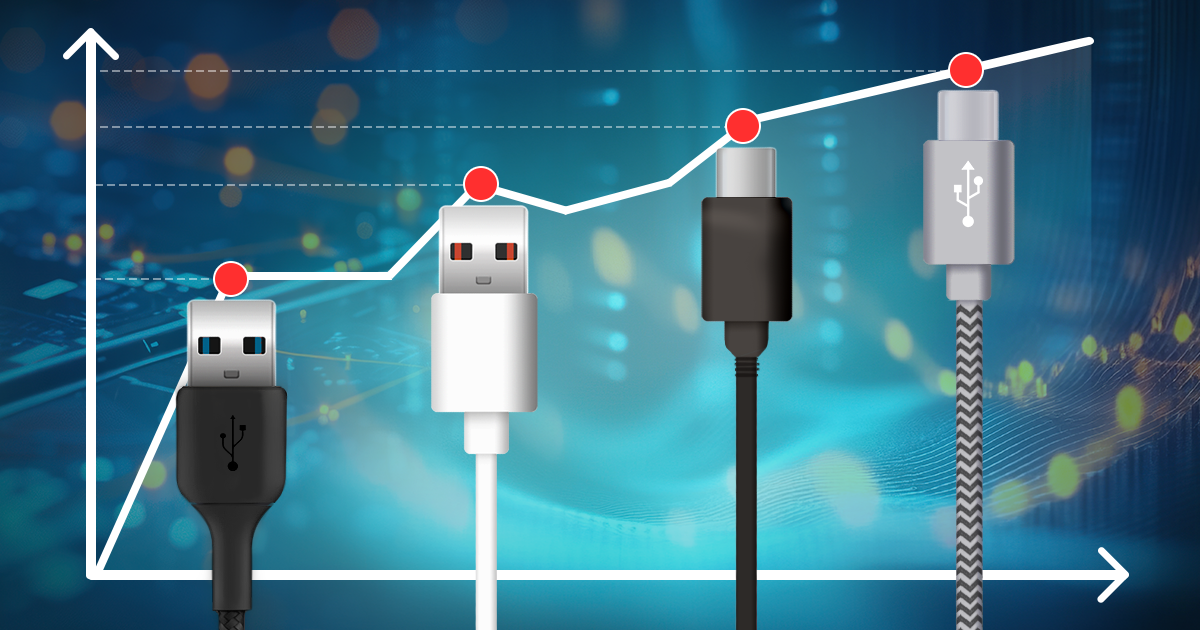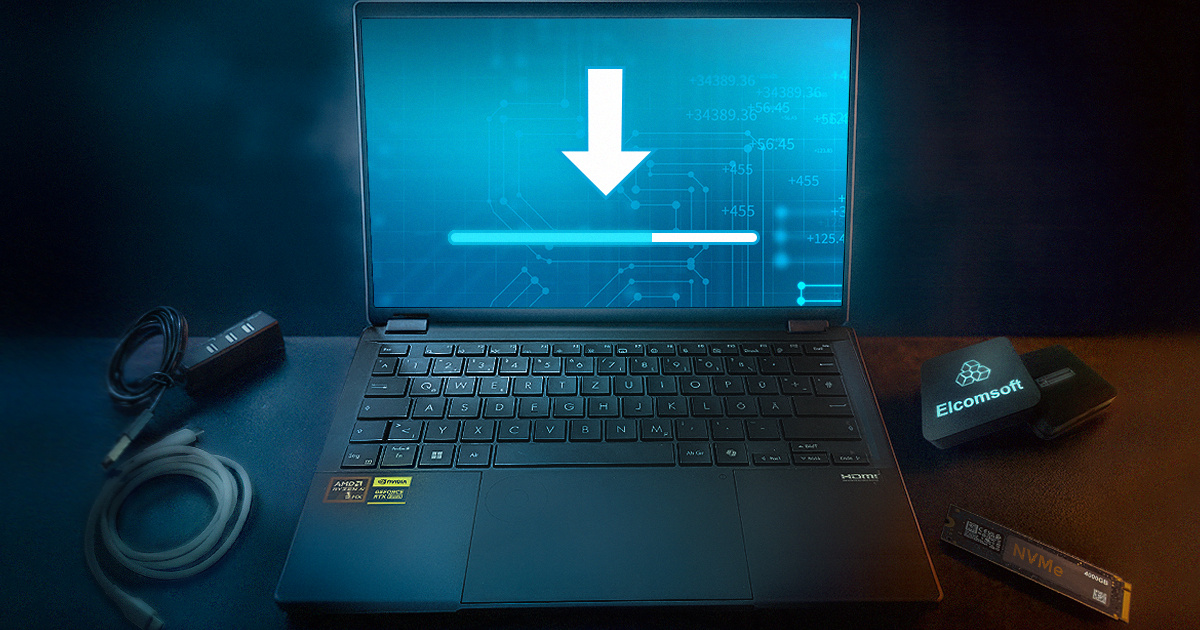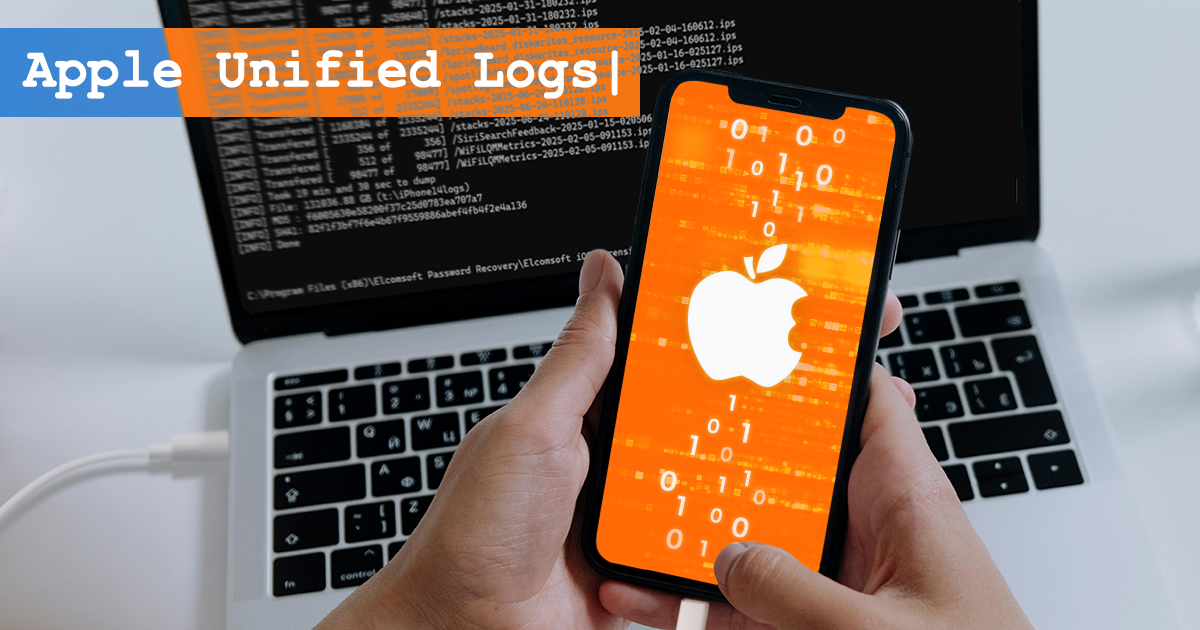Apple’s latest and greatest iPhone, the iPhone X, received mixed reviews and sells slower than expected. While the high price of the new iPhone is a major factor influencing the slow sales, some of the negative points come from the device usability. The combination of design language, hardware and software interactions make using the new iPhone less than intuitive in many situations. In this article, we collected the list of utterly strange design decisions affecting the daily use of the iPhone X.
In the world of mobile forensics, physical acquisition is still the way to go. Providing significantly more information compared to logical extraction, physical acquisition can return sandboxed app data (even for apps that disabled backups), downloaded mail, Web browser cache, chat histories, comprehensive location history, system logs and much more.
iOS is a locked down mobile operating system that does not allow its apps to directly access files in the file system. Unlike every other major mobile OS, iOS does not have a “shared” area in the file system to allow apps keep and share files with other apps. Yet, individual iOS apps are allowed to let the user access their files by using the file sharing mechanism.
Lockdown files, otherwise known as pairing records, are well known to the forensic crowd for their usefulness for the purpose of logical extraction. A pairing file created on one computer (the user’s) can be used by the expert to pull information from the iOS device – that, without knowing the PIN code or pressing the user’s finger to unlock the device. Lockdown records do carry their fair share of limitations. For example, their use is severely restricted if the device has just rebooted or powered on and was not unlocked with a passcode afterwards.
Software updates remain a sore point for the 86 per cent of consumers who are using Android-based smartphones. Both Apple and Microsoft have significantly different update policies, mostly allowing the companies to deliver updates directly to their customers. There is much more to these updates than just the Android (or Windows) version. With numerous versions, subversions and carrier modified versions of the phone’s software, experts may struggle when attempting physical extraction. Let us have a look at the differences between the three mobile operating systems, their update policies and the challenges they present to the forensic examiner.
Media files (Camera Roll, pictures and videos, books etc.) are an important part of the content of mobile devices. The ability to quickly extract media files can be essential for an investigation, especially with geotags (location data) saved in EXIF metadata. Pulling pictures and videos from an Android smartphone can be easier than obtaining the rest of the data. At the same time, media extraction from iOS devices, while not impossible, is not the easiest nor the most obvious process. Let’s have a look at tools and techniques you can use to extract media files from unlocked and locked iOS devices.
iCloud authentication tokens in particular are difficult to grasp. What are they, what tools are they created with, where they are stored, and how and when they can be used are questions that we’re being asked a lot. Let’s try to put things together. Read Part 1 of the series.
iOS 11 has arrived, now running on every second Apple device. There could not be a better time to reminiscent how iOS forensics has started just a few short years ago. Let’s have a look at what was possible back then, what is possible now, and what can be expected of iOS forensics in the future.
Today’s mobile devices are getting increasingly more resistant to physical imaging, mostly due to the use of full-disk encryption. Full-disk encryption makes useless some low-level acquisition techniques of yesterday, which includes JTAG and chip-off.
Accessing the list of apps installed on an iOS device can give valuable insight into which apps the user had, which social networks they use, and which messaging tools they communicate with. While manually reviewing the apps by examining the device itself is possible by scrolling a potentially long list, we offer a better option. Elcomsoft Phone Viewer can not just display the list of apps installed on a given device, but provide information about the app’s version, date and time of acquisition (first download for free apps and date and time of purchase for paid apps), as well as the Apple ID that was used to acquire the app. While some of that data is part of iOS system backups, data on app’s acquisition time must be obtained separately by making a request to Apple servers. Elcomsoft Phone Viewer automates such requests, seamlessly displaying the most comprehensive information about the apps obtained from multiple sources.


